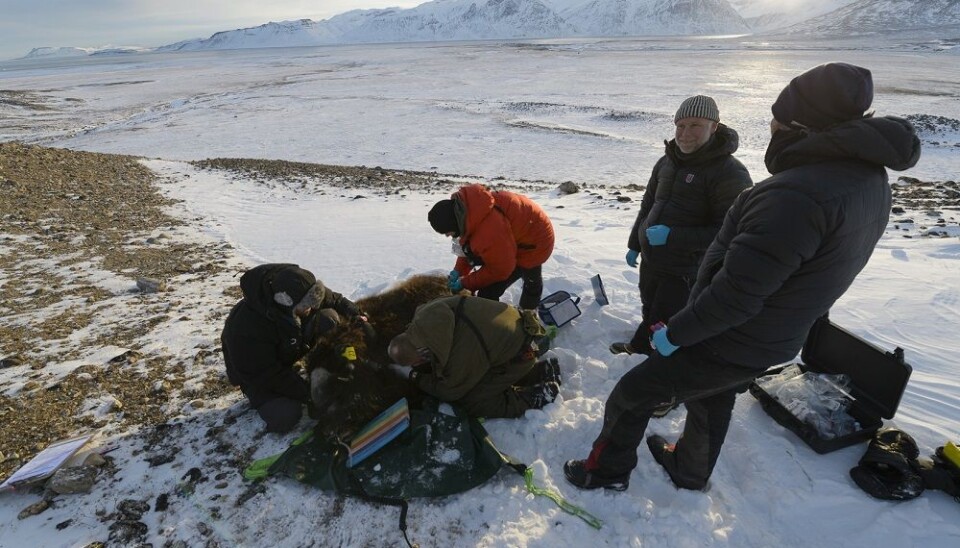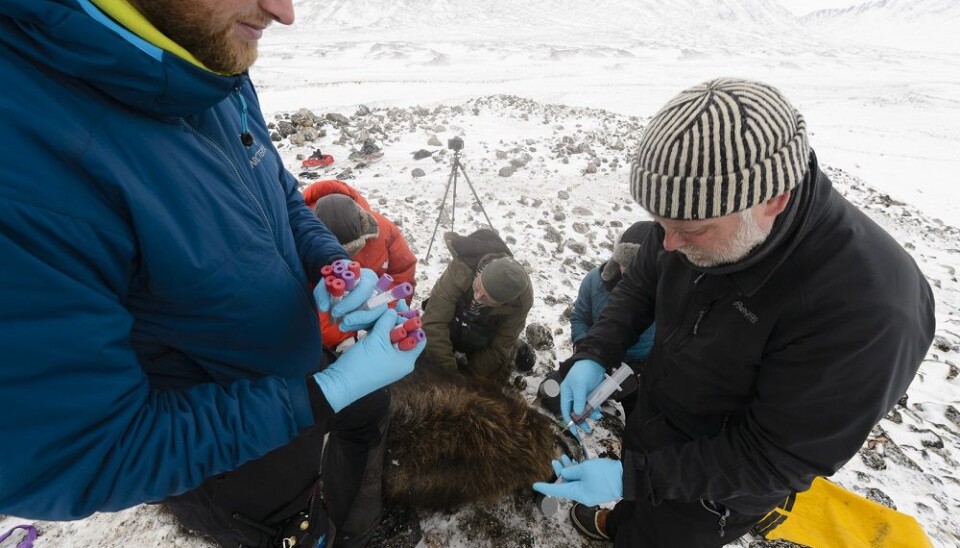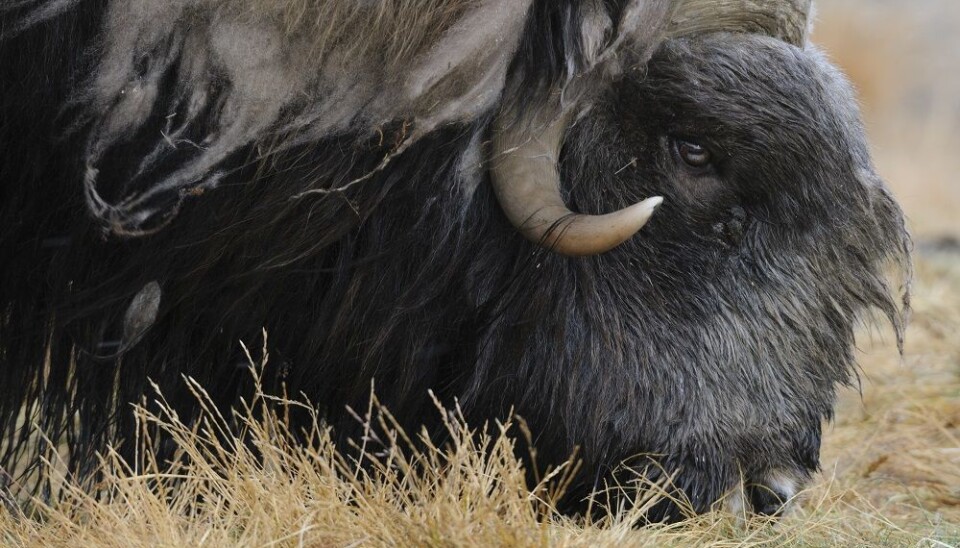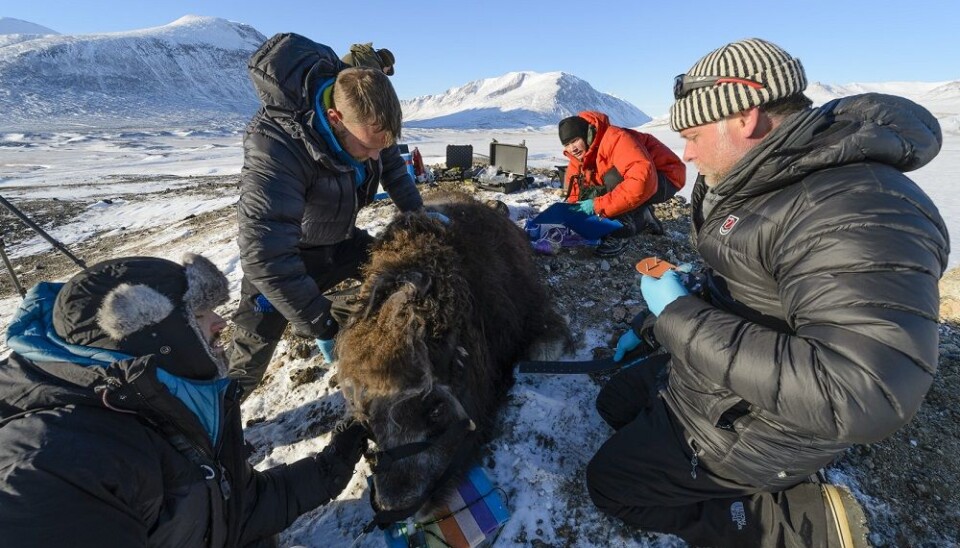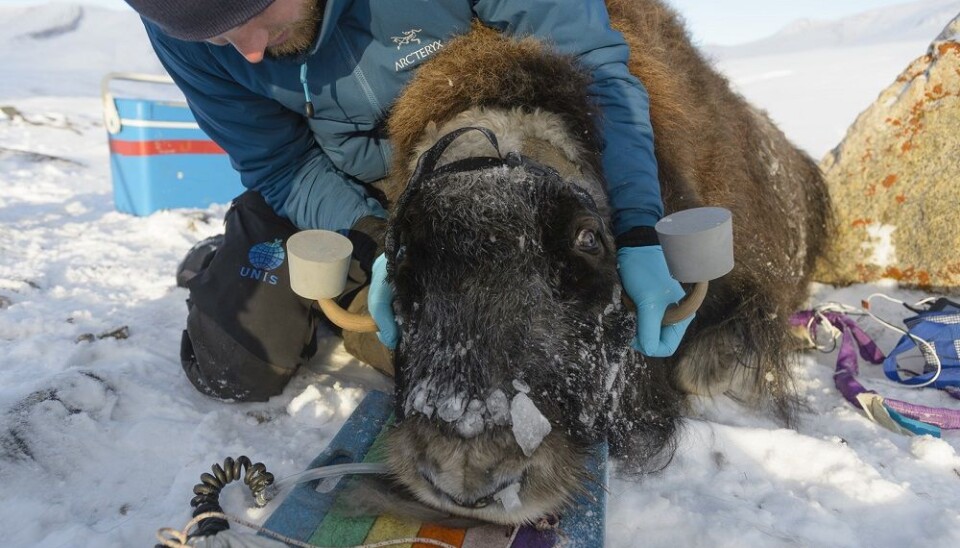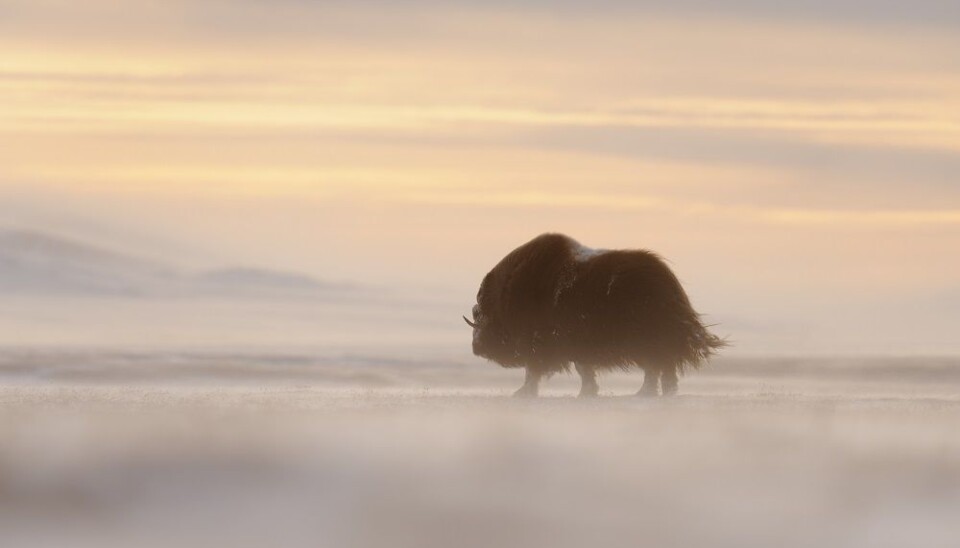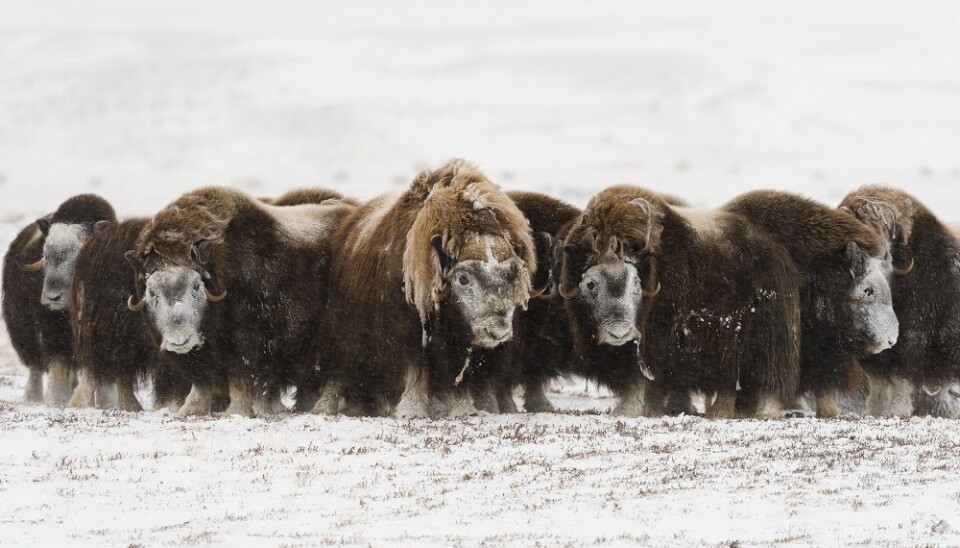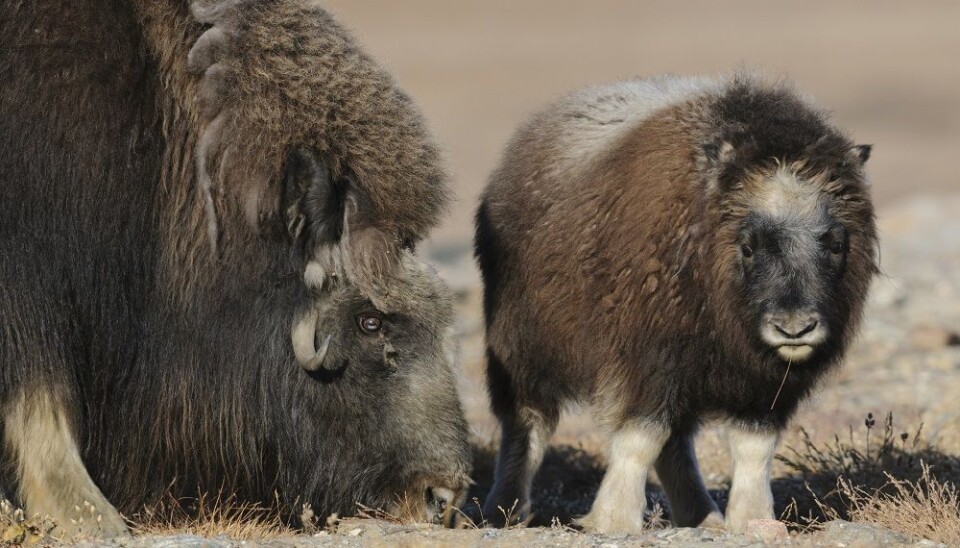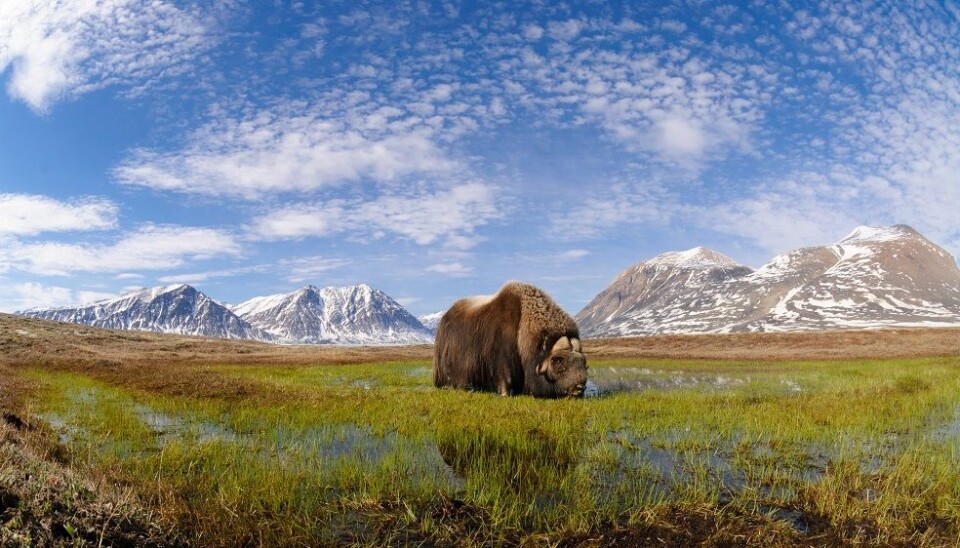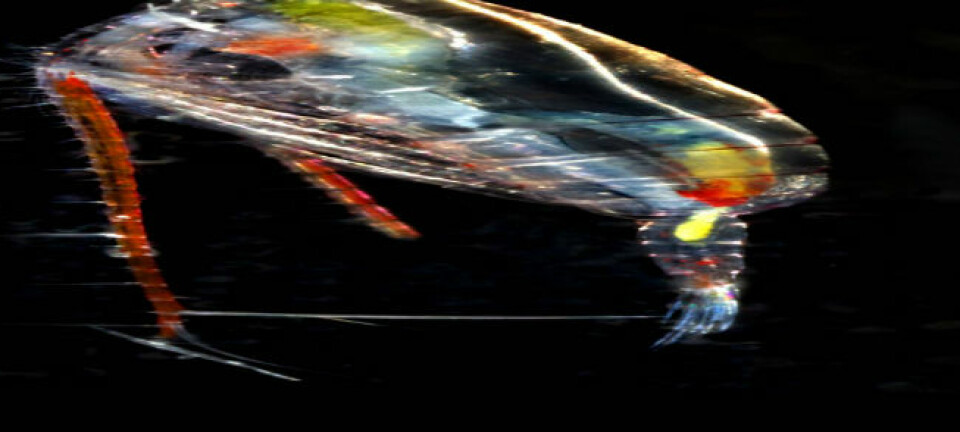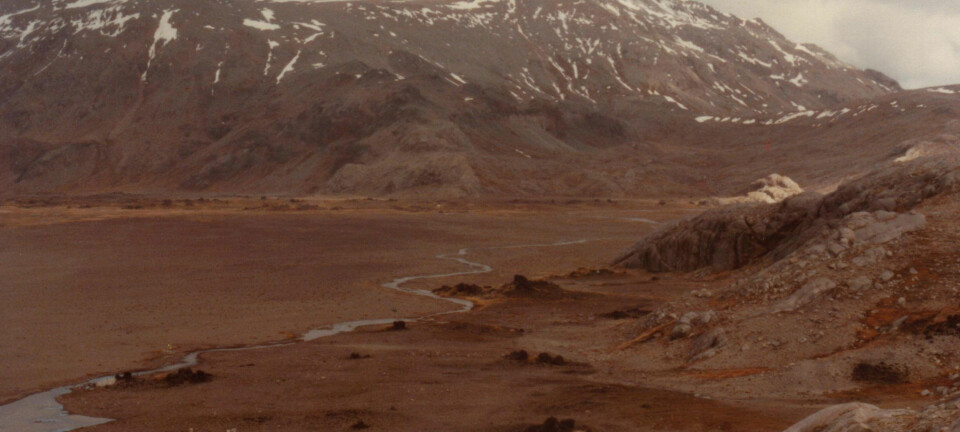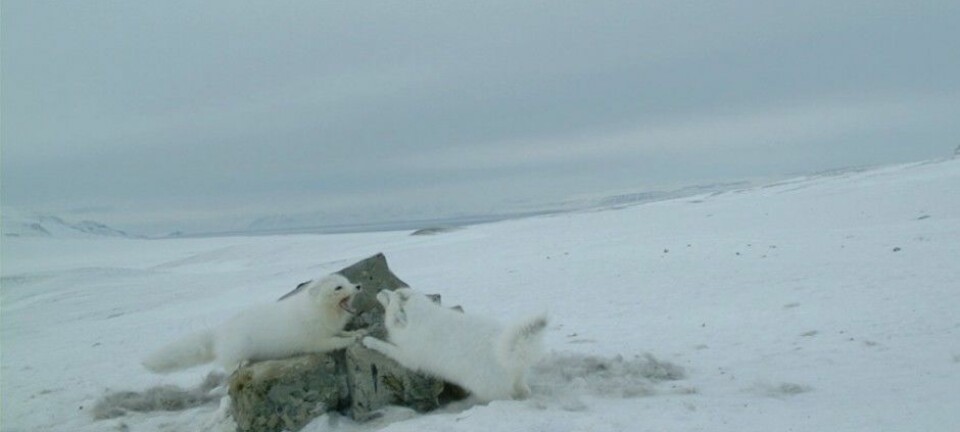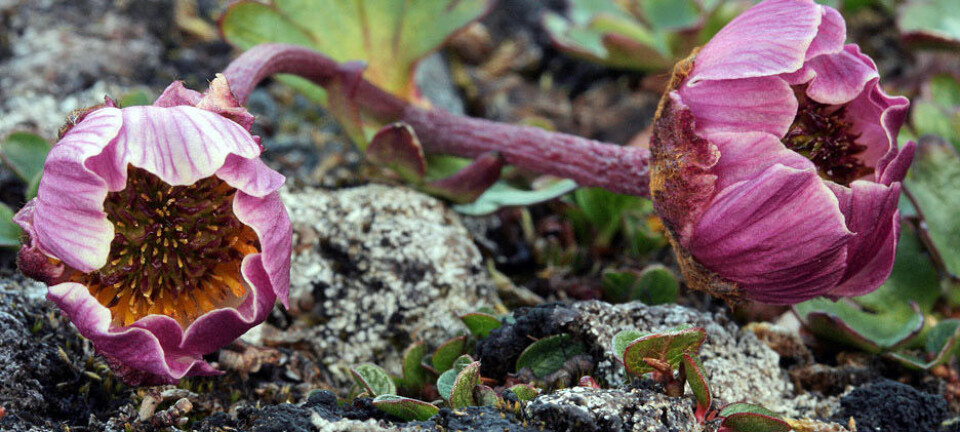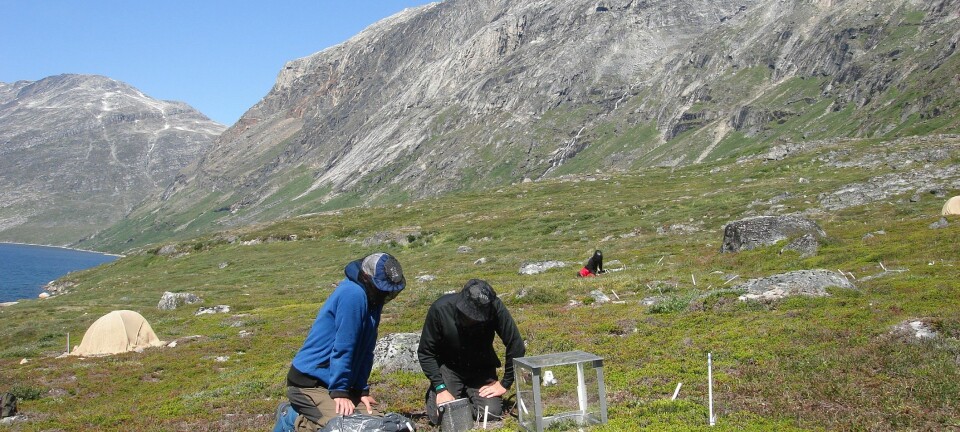Buttock hair used to monitor Arctic musk ox
GREENLAND: Musk ox are a key species in the Arctic, but populations are in decline. A new method is helping scientists to monitor these animals in often difficult to reach, remote locations.
A new method of hair analysis reveals what musk ox in the Arctic have been eating in recent years.
The hair is sampled from the animals’ buttocks where it is longest and preserves a longer time series of the animals eating habits. Buttock hair also grows continuously throughout the year and so it gives the most representative picture of the animals’ yearly food intake.
“Musk ox [are] a key species in the Arctic that we know surprisingly little about,” says lead author Jesper Bruun Mosbacher, a PhD student at the Arctic Research Centre, Aarhus University, Denmark.
“We use a new method that has never been applied in this way before. And we can use it to monitor [musk ox] populations in locations where we otherwise wouldn’t visit very often,” says Mosbacher.
The study is published in the scientific journal PLOS ONE.
Only localised knowledge of musk ox populations
Musk ox are found throughout the Arctic, in Greenland, Canada, Alaska, Norway, and Russia. And some local populations are thriving.
In west Greenland, populations have soared from just 27 in the early 1960s to around 25,000 estimated individuals today, says Mosbacher. But scientists still do not know where most musk ox are or how they are faring.
"No one knows how many there are among the [unmanaged] population on the east coast [of Greenland]. The most recent estimate in 1990 was between 2,900 and 4,600 musk ox within the area of the Zackenberg research station," says Mosbacher.
"We know locally from Zackenberg, that the stock there increased throughout the 1990s, until 2007, after which it began to decline drastically. But we only have an overview in localised areas. For the vast majority we have no idea where large populations are, or how they are doing," he says.
Mosbacher and his colleagues set out to learn more about these animals behaviour throughout the year, and this meant finding out what they had eaten.
Musk ox go hungry in winter
Mosbacher and his colleagues analysed hair from ten Greenlandic musk ox and discovered that the animals’ diet is directly linked with their environmental surroundings and the number of calves born. Fewer calves were born during and after particularly snowy winters.
"In winters with lots of snow, the animals starved and burned their layer of body fat. Musk ox live in such extreme areas and they are very dependent on sufficient body resources both to survive and to be able to produce calves," says Mosbacher.
The scientists analysed the stable isotope composition of the hair, which indicates the type of food that the animals ate in recent years (see fact box).
Helps to predict climate change
The analytical tool is useful when predicting future population trends in the face of climate change, says Mosbacher.
“Our study tries to understand how climate influences the musk ox’s diet, in a region where [climate] is changing twice as fast as in other ecosystems and where populations [of musk ox] are declining,” he says.
“Understanding the connection between the environment and food is important, because then we can begin to understand what will happen as the climate changes."
The muskox project is a collaboration between Arctic Research Centre in the Department of Bioscience, Aarhus University, the Copenhagen Zoo, the Department of Biology and Centre for Permafrost at the University of Copenhagen, and the Norwegian Institute for Nature Research.
-------------
Read the Danish version of this story on Videnskab.dk
Translated by: Catherine Jex
Scientific links
- "Show me your rump hair, and I will tell you what you ate", Plos One (2016)
- "Long-term patterns of muskox (Ovibos moschatus) demographics in high arctic Greenland", Polar Biology (2015)
